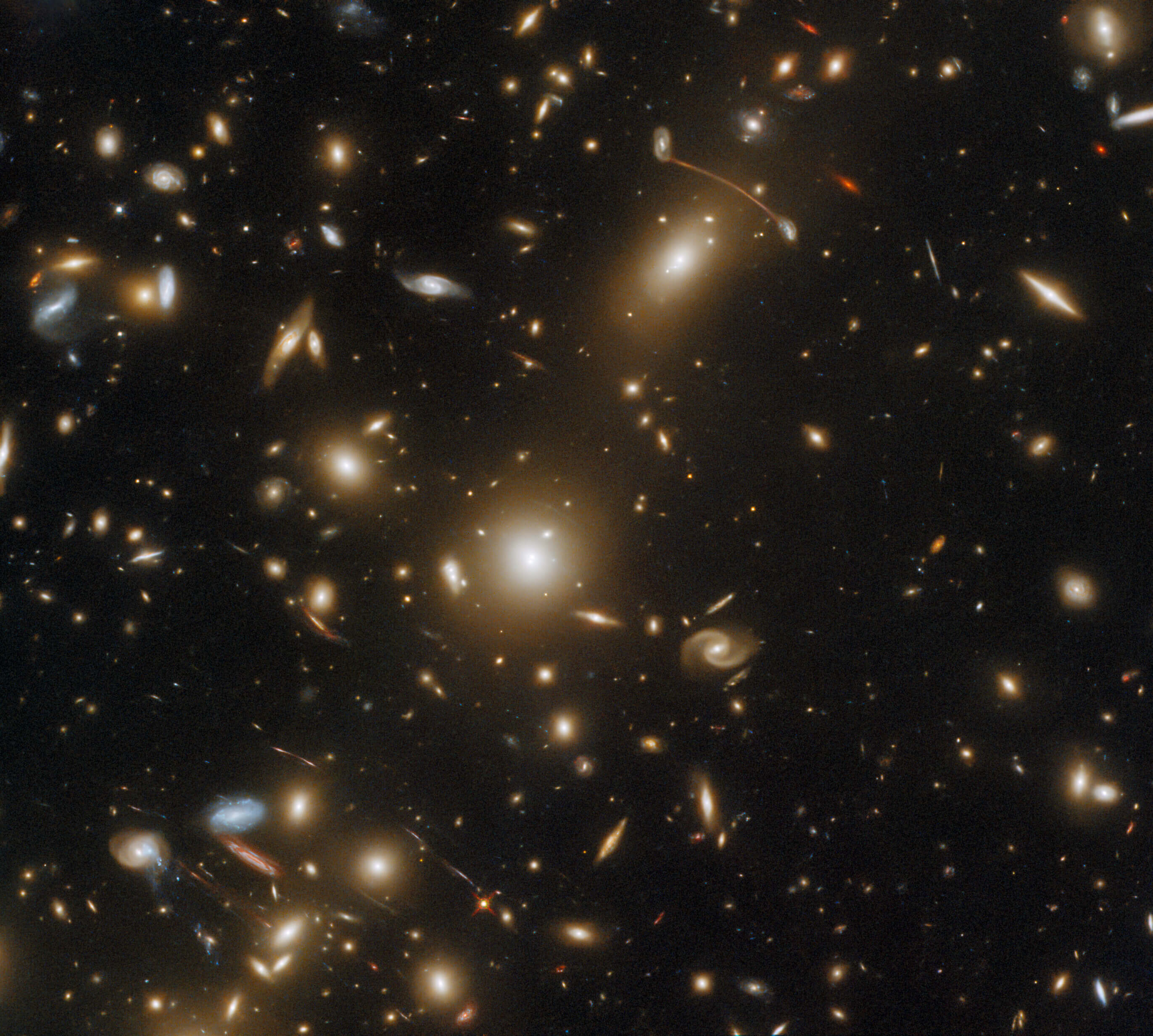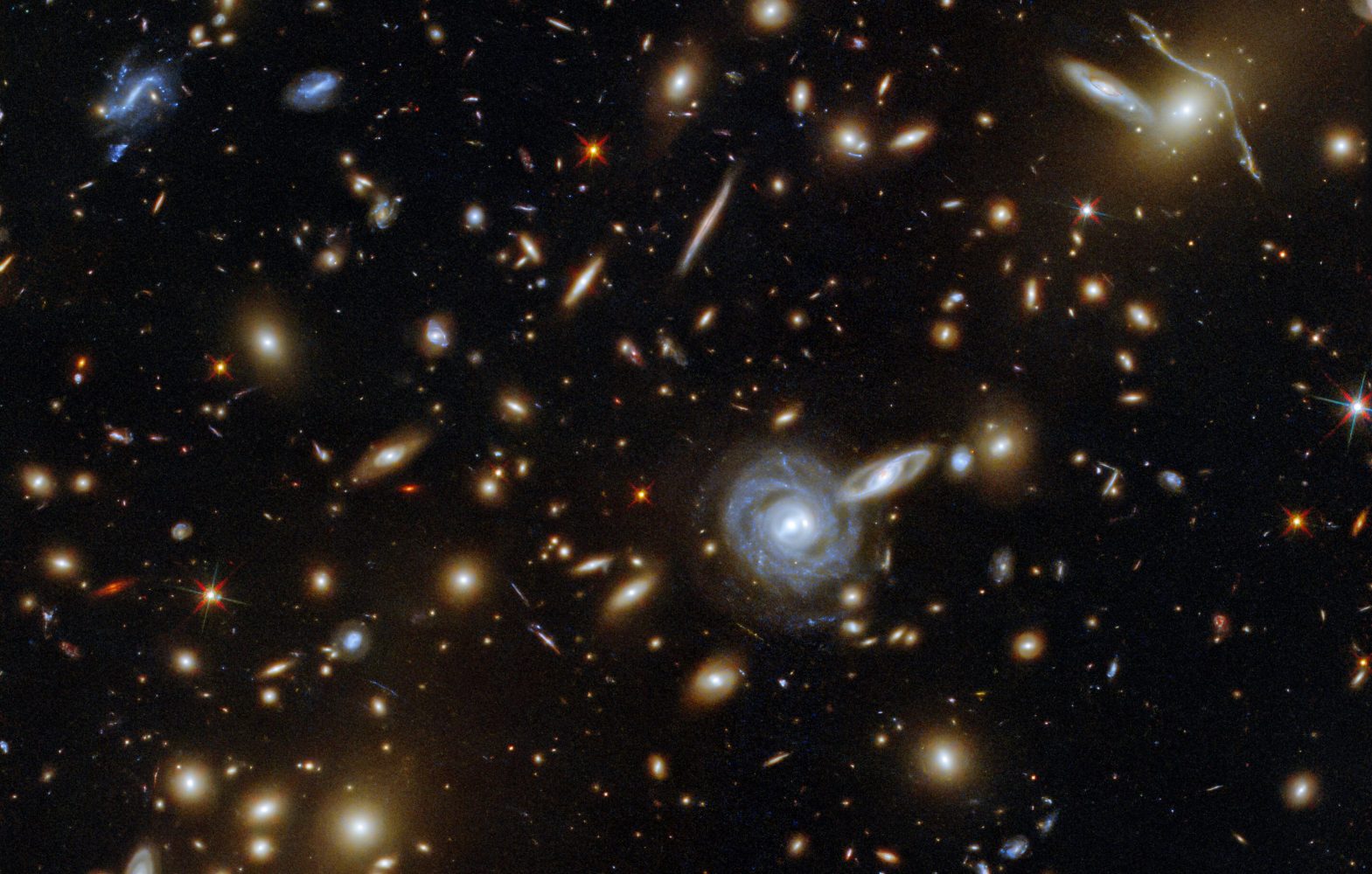Hubble has captured an image of a massive galaxy cluster known as Abell 1351. The image itself is filled with streaks of light, which the European Space Agency says are distant galaxies. They just look like streaks because of gravitational lensing.
Check out this massive galaxy cluster Hubble captured in images

The massive galaxy cluster can be found in the Ursa Major constellation within the northern hemisphere. As noted above, many of the galaxies around it look like streaks of light in Hubble’s latest image of the week. And that’s because the gravity of the galaxy cluster is distorting spacetime around it.
This is a delightful astrophysical phenomenon that we see often in photos from Hubble and other spacecraft. And, in this instance, it gives us a good idea of what kind of massive galaxy cluster we’re dealing with. Including how its mass is distributed throughout.
Massive galaxy clusters cause two types of gravitational lensing. First, there is strong lensing. The cluster’s gravity distorts the light greatly when the lensing is strong. Then, there’s weak lensing, which is a minor distortion in the light. Astronomers can use the type of lensing to determine how a galaxy has distributed its mass. That gives us more insight into clusters like Abell 1351.
A snapshot worth a galaxy of information

Hubble captured the image of this massive galaxy cluster with its Wide Field Camera 3 and Advanced Camera for Surveys. And it’s part of one of Hubble’s Snapshot Programs. Astronomers slot these programs into the space telescope’s already packed schedule as a way to gain short exposures of different parts of the universe. If needed astronomers can try to ask for longer observational periods.
Having these Snapshot Programs allows Hubble to make the most of its time. With over 30 years under its proverbial belt, the space telescope has delivered a lot of data to astronomers. Making the most of the time it might have left in operation is always going to be a priority.
Additionally, these Snapshots are perfect for gathering glimpses of these massive galaxy clusters like Abell 1351.
By learning more about galaxy clusters, too, astronomers can unlock more data about gravitational lensing. Additionally, these brief looks at our universe can teach us more about violent galaxy evolution. How the universe formed, and how new galaxies formed have long been points of contention for astronomers.
By observing massive galaxy clusters like Abell 1351, we can start to learn more about how and why these clusters form. Then, we can hopefully dig even deeper into the part these gigantic celestial bodies play in our universe.








